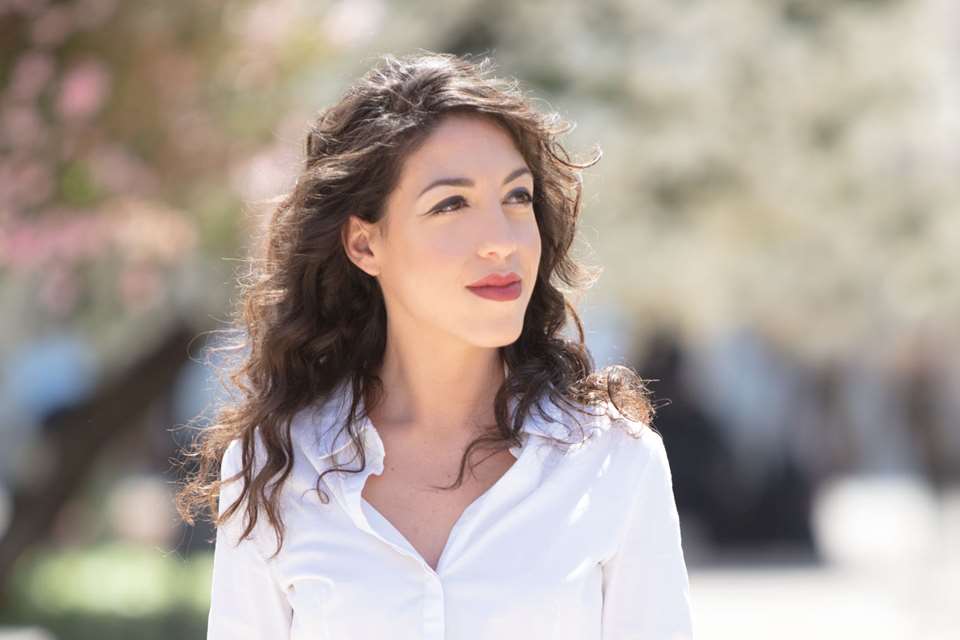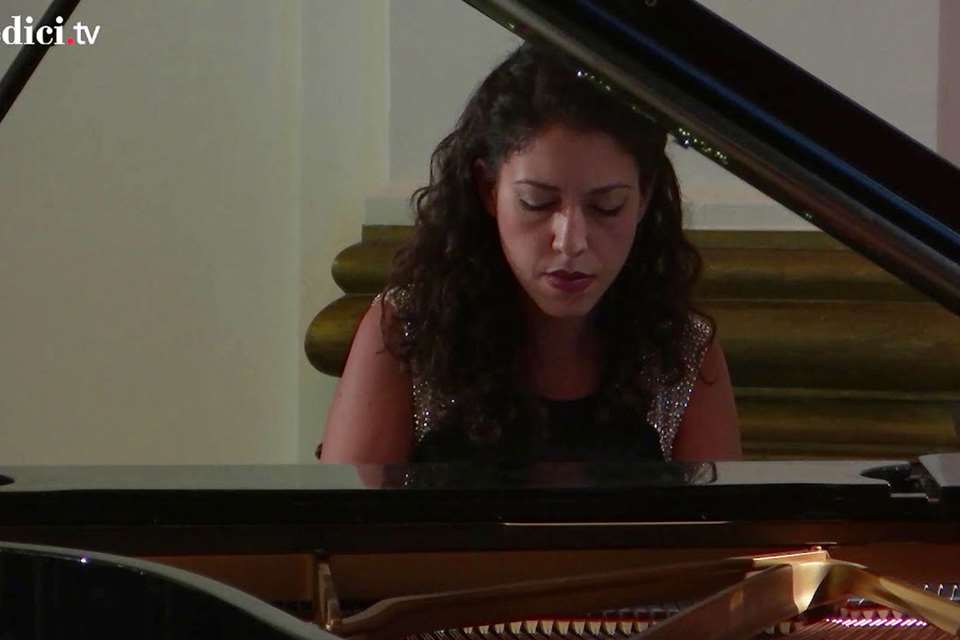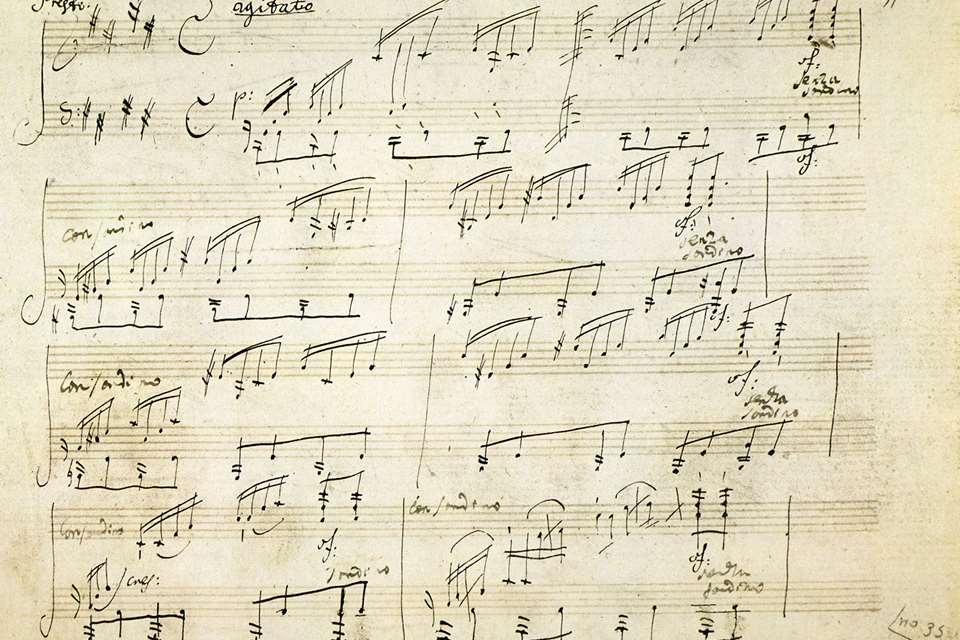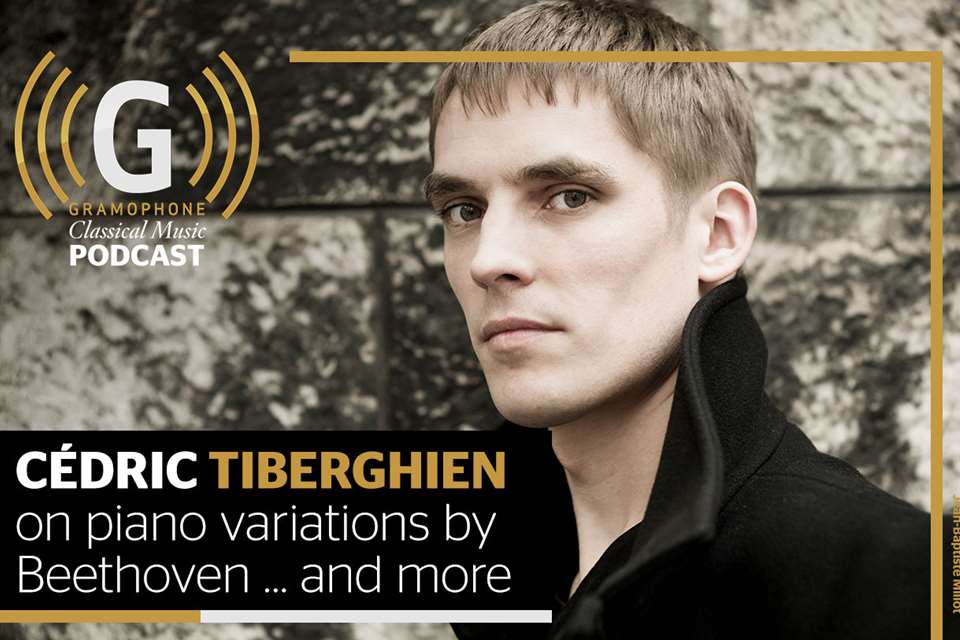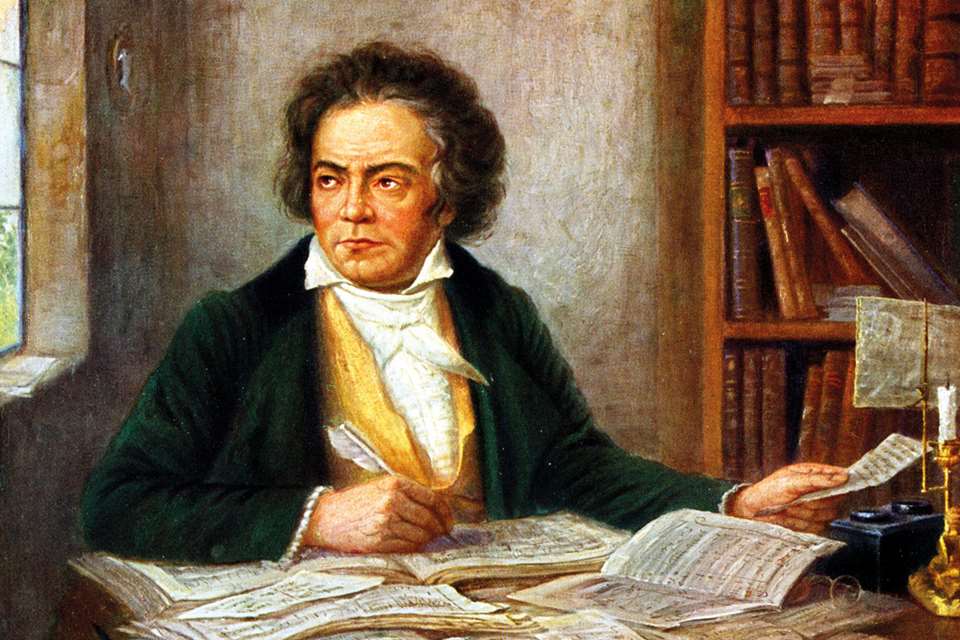Inside Beethoven’s ‘Hammerklavier’ Sonata with Beatrice Rana
Tuesday, April 9, 2024
Beatrice Rana joins Harriet Smith to talk about finding a path through Beethoven’s ‘Hammerklavier’ Sonata
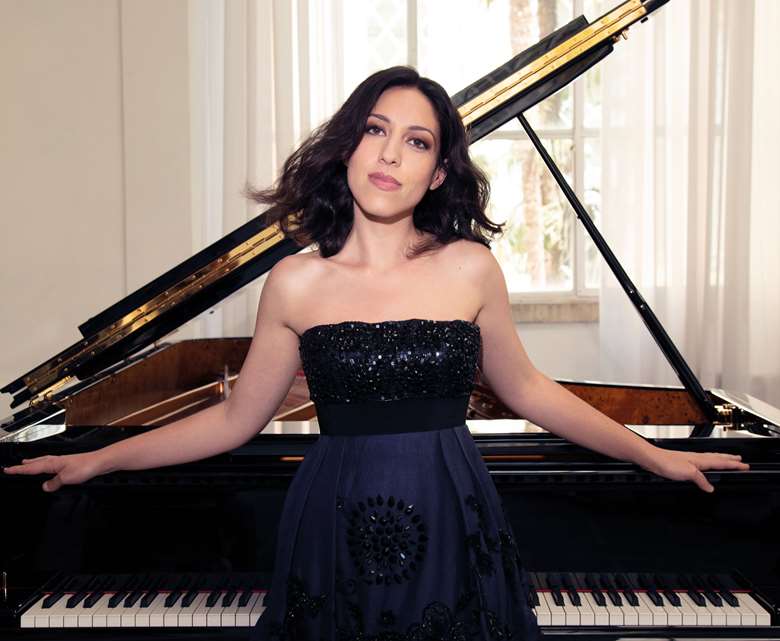
Register now to continue reading
Thanks for exploring the Gramophone website. Sign up for a free account today to enjoy the following benefits:
- Free access to 3 subscriber-only articles per month
- Unlimited access to our news, podcasts and awards pages
- Free weekly email newsletter




